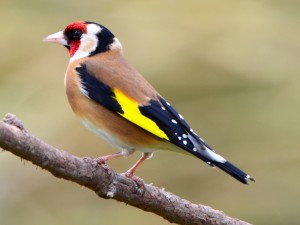
Bird Phobia is a fairly rare condition but it is easily treatable using systematic desensitization (Wolpe, 1958). This problem is classed as an animal phobia in that it is an irrational fear of birds. Normally, individuals with bird phobia fear a specific aspect of the bird’s behaviour. Some phobics are frightened of their fluttering wings and rapid movement, others have problems with their singing or calls, and, a few people become anxious just seeing a bird approaching or watching it in its natural habitat. Some also fear a combination of the above characteristics.
How is bird phobia treated?
The approach of choice is a combination of psychotherapy and hypnosis. The technique that is often used is systematic desensitization (Kraft and Kraft, 2010). The idea of this technique is that the therapist gradually introduces the patient or client to potentially anxiety-provoking situations involving the feared object which is, in this case, a bird. The skill is to work gradually so that the individual works progressively towards being able to cope with the idea of birds. This is a behaviour therapy technique. The therapist links relaxation with the feared object; and, over a period of time, the client associates the object with feelings of relaxation. This technique is done in hypnosis.
The following is an example of an anxiety hierarchy for the treatment of bird phobia. Please note that each individual will want to design his or her own hierarchy which is tailor-made. Here is the example:
1. Looking at pictures of birds in a book.
2. Looking at a bird far away on a tree.
3. Looking at a bird nearby on a tree in the night-time.
4. Looking at a bird nearby on a tree in the day-time.
5. Looking at a bird in a pet shop in a cage.
6. Listening to bird chirp in a pet shop in a cage.
The therapist may also recommend you to look at birds in the field in order to continue the desensitization process. Treatment programmes for animal phobias are usually 4-8 sessions.
David Kraft


